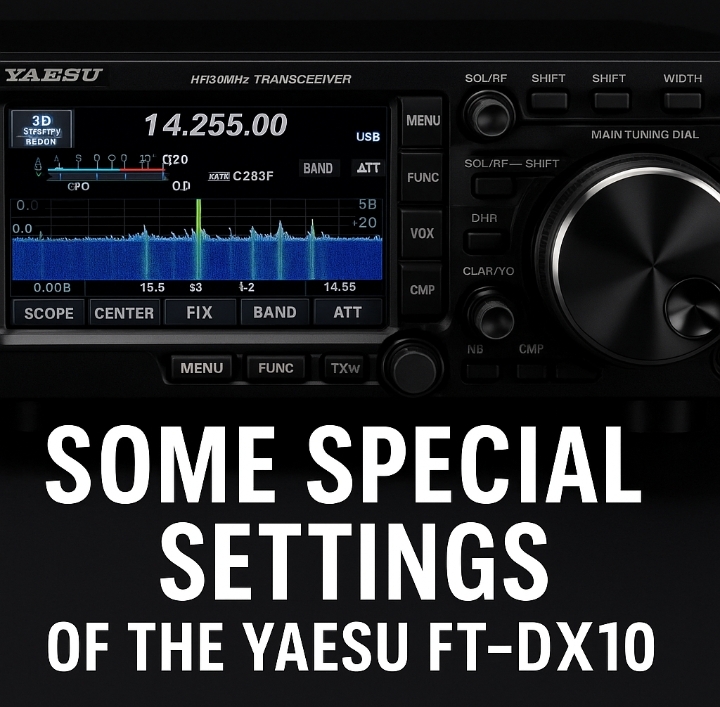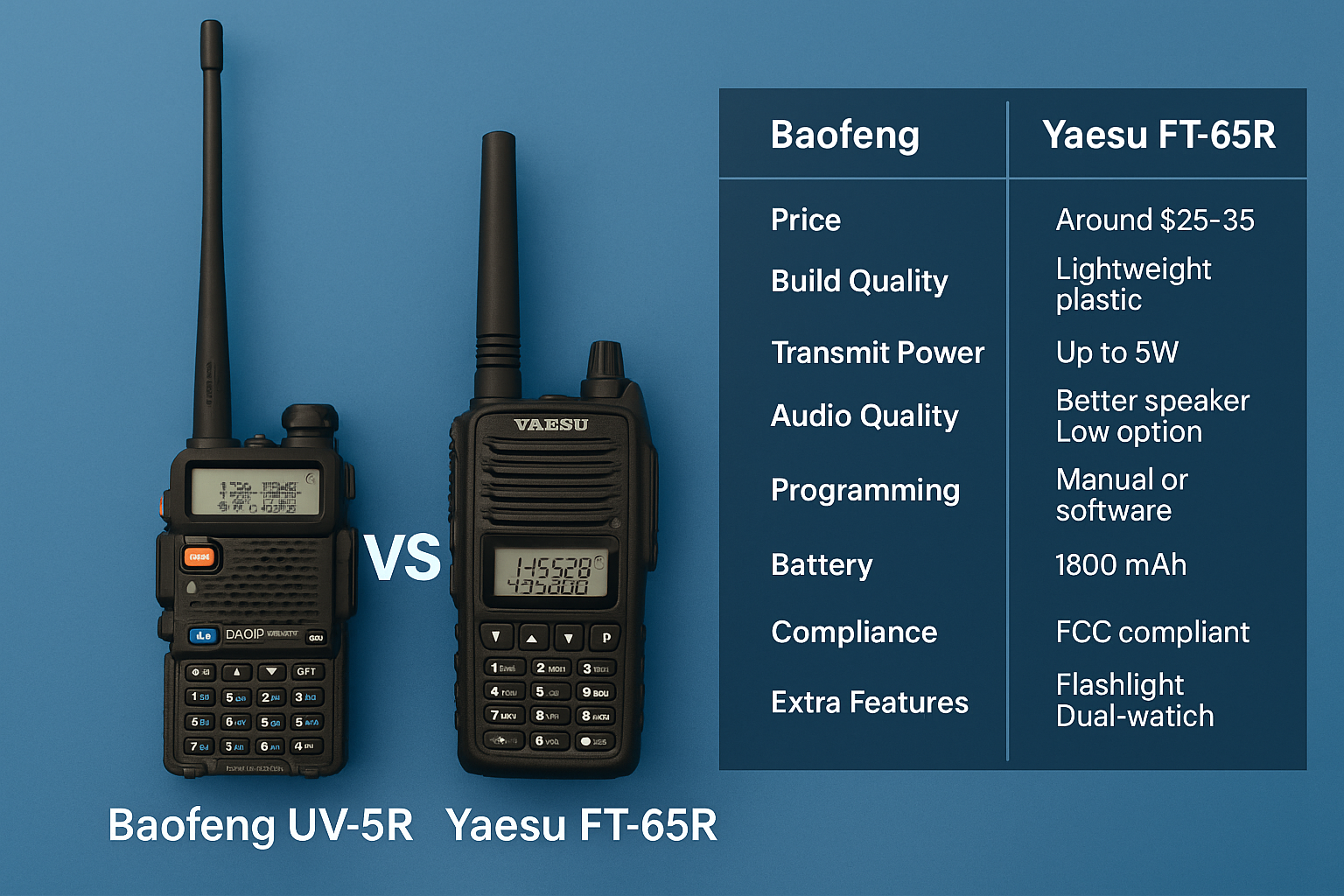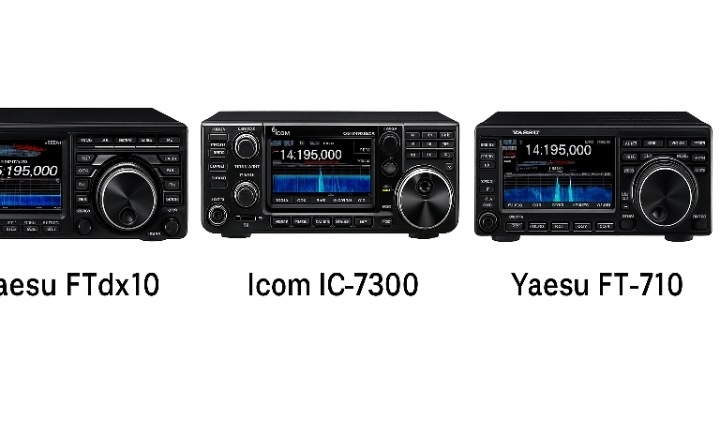The Yaesu FT-DX10 is one of the most celebrated HF/50 MHz transceivers on the market today, known for its hybrid SDR architecture, excellent receiver performance, and user-friendly interface. While most users can get up and running with the basic features, there’s a treasure trove of special settings under the hood that, when configured properly, can elevate your operating experience to new heights.
In this blog post, we’ll explore some of the most powerful and lesser-known settings of the Yaesu FT-DX10, helping you fine-tune your rig for optimal performance in various scenarios—from noisy contest bands to quiet digital operations.
1. RF Tuning with the Contour and DNR Filters
One of the standout features of the FT-DX10 is its Digital Noise Reduction (DNR) and Contour filtering. These aren’t just “set-it-and-forget-it” tools; when used strategically, they can significantly enhance weak signal reception.
- DNR (Digital Noise Reduction):
- Accessed via the [DNR] button, this feature offers 15 levels of noise reduction.
- Levels 2 to 5 are commonly used for typical band noise, while higher levels can sometimes distort audio clarity.
- Tip: Use DNR in conjunction with the Notch Filter (DNF) to remove persistent tones or carriers.
- Contour Filter:
- This filter allows you to shape the passband by attenuating specific frequencies within the audio range.
- Particularly useful in SSB mode for pulling a signal out from the noise.
- Best used by first centering a signal and then tweaking the frequency to attenuate the adjacent noise.
2. Using the IF Width and Shift Controls
The Intermediate Frequency (IF) Width and Shift controls are another pair of powerful tools that allow precise control over your audio bandwidth.
- Width:
- Adjusts how wide your audio passband is. For example, narrowing the bandwidth in CW or SSB modes can reduce adjacent signal interference.
- Typical values:
- CW: 300 Hz to 500 Hz
- SSB: 2.4 kHz to 2.8 kHz
- Shift:
- Moves the entire passband up or down to reject unwanted signals.
- Particularly effective when dealing with splatter from adjacent stations.
Proper use of Width and Shift gives you a cleaner signal and reduces fatigue from listening to noisy conditions.
3. Optimizing the 3DSS Spectrum Scope
The FT-DX10 features a stunning 5-inch TFT color display with a 3DSS (3D Spectrum Stream). This isn’t just eye candy—it’s a powerful visual tool that can enhance situational awareness during operation.
- Waterfall Speed:
- Adjust the speed of the waterfall for better signal tracing.
- Faster speeds give real-time signal behavior, while slower speeds are better for logging persistent activity.
- Span and Resolution:
- Set your spectrum span to focus on a narrower bandwidth (ex: 12.5 kHz or 25 kHz) for more detail.
- Use the Center or Fix mode to either follow the VFO or lock the display to a specific part of the band.
Learning to read the spectrum efficiently can be a game-changer for DXing and contesting.
4. Tailoring Your Transmit Audio with the Parametric EQ
If you’re looking to stand out on the airwaves, audio quality matters. The FT-DX10’s 3-band parametric equalizer allows you to customize your transmit audio profile for different microphones and voice characteristics.
- Settings:
- Low EQ: 200–400 Hz
- Mid EQ: 500–1,000 Hz
- High EQ: 2,000–3,000 Hz
- For a punchy, DX-style audio:
- Low: -3 dB
- Mid: +2 dB
- High: +4 dB
You can save profiles for different microphones or operating conditions, which is handy if you switch between ragchewing and contesting.
5. Customizing the Front Panel Function Buttons
The MULTI and F-keys (F1 to F4) on the front panel are programmable, allowing quick access to frequently used features like Noise Blanker (NB), VOX, monitor level, and more.
To customize:
- Go to Menu 08-01 (Function Key Assign)
- Assign the desired function to any of the 4 keys
This customization can speed up your operation and reduce menu diving during fast-paced QSOs.
6. Fine-Tuning the Automatic Antenna Tuner (ATU)
The built-in Automatic Antenna Tuner is not just a convenience—it’s a precise tool for managing mismatch on non-resonant antennas.
- The ATU stores tuning settings per band and frequency segment.
- If you frequently switch between antennas, consider using the Memory Tuning feature to retain settings for each antenna system.
Pro tip: The tuner can handle up to a 3:1 SWR, but for better performance and lower strain on the finals, try to stay below 2:1.
7. Remote Operation with the Optional SCU-LAN10
For those who like to operate remotely, the SCU-LAN10 interface allows the FT-DX10 to be controlled over a local network or the internet.
- Enables full remote control including waterfall display, audio, and logging.
- Use the Yaesu LAN Remote software for a seamless experience.
While it’s an optional accessory, it’s an excellent investment for vacation operation or remote contest stations.
Final Thoughts
The Yaesu FT-DX10 is more than just a high-performance transceiver—it’s a deeply customizable platform that rewards operators who take the time to learn its features. By mastering the special settings like DNR, Contour filtering, parametric EQ, and IF controls, you can significantly enhance both your listening and transmitting experiences.
Whether you’re chasing DX, operating digital modes, or enjoying ragchews with friends, these advanced settings will help you get the most from your rig. Take the time to explore your FT-DX10’s menus—you’ll discover it’s capable of much more than meets the eye.
If you have questions or want to share your own favorite settings, drop them in the comments below!



